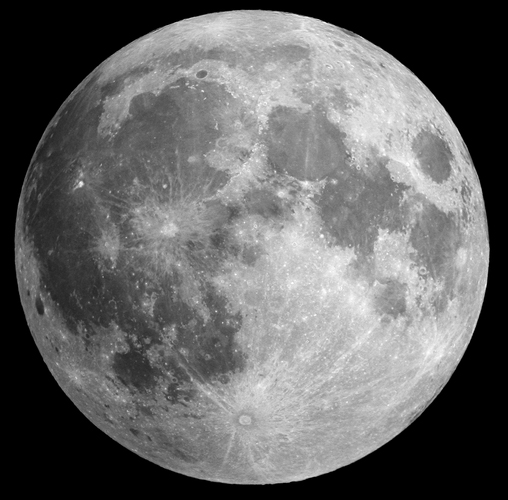
NASA hopes to take us back to the moon for an extended stay via its Artemis lunar program, but lots of logistics still need to be worked out before we can safely set up on the moon for the long haul. NASA engineers and researchers are thinking up the best ways to be able to build long term structures on the moon, that are stable and offer shelter and protection for occupants.
Thanks to recent breakthroughs Artemis organizers could at least save themselves a lot work of moving materials back and forth between Earth and the moon by 3D-printing base camp building blocks directly on the lunar surface using debris and saltwater.
Using both 3D printing and a method called binder jet technology in which a liquid binding agent is infused into a bed of moon powder supplied by UCF’s Exolith Lab, Associate Professor Ranajay Ghosh’s group was able to produce bricks capable of withstanding pressure of up to 250 million times greater than our own atmosphere.
Although the initial cylindrical bricks produced are comparably weak, blasting them with 1200 degrees Celsius heat strengthened them enough to be a viable tool in the eventual structures NASA hopes to establish on the Moon, such as a modular cabin and mobile home.
“The further we develop techniques that utilize the abundance of regolith, the more capability we will have in establishing and expanding base camps on the moon, Mars, and other planets in the future.”
Apart from the structural stability, one of the chief benefits would be a dramatic reduction in material costs for the Artemis lunar base.
It’s a lot cheaper to hypothetically produce at least some of your needs on the moon instead of moving them up via extremely expensive launches.
